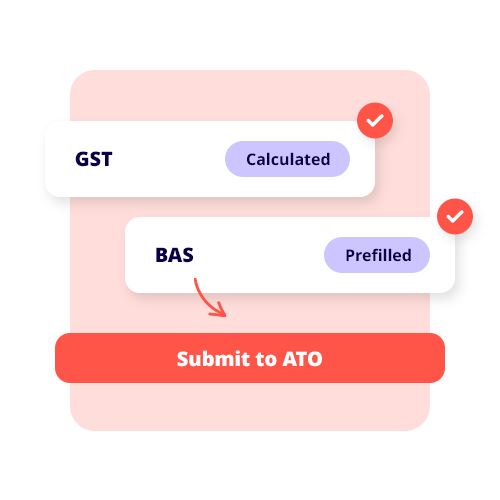What’s the difference between gross and net profit?
Gross profit refers to the profit you make selling your goods and services after deducting your cost of goods sold (COGS).
On the other hand, net profit refers to the profit you make selling goods or services after deducting all operating expenses and business costs.
Thinking about gross profit vs. net profit comes down to how you’re looking to calculate your profitability and frame your business’s financial health.
Gross profit explained
To understand gross profit, you need to comprehend COGS. COGS are the immediate expenses incurred in the production, handling, and distribution of your goods or services.
(COGS does not include general overheads and operating expenses – like rent or power – or indirect business expenses like sales or marketing—it only includes direct costs.)
Gross profit formula
The formula used to calculate gross profit margin is as follows:
Gross Profit = Revenue – Cost of Goods Sold
To express gross profit margin as a percentage the formula is as follows:
Gross Profit Margin = (Revenue – COGS) / Revenue x 100
Net profit explained
On the other hand, net profit considers all overheads, expenses, and business costs on top of COGS. (It includes everything from rates and taxes to rent and equipment costs.)
A company’s net profit is thus a more complete picture of its overall profitability as it accounts for every cost incurred in running your entire business.
Net profit formula
The formula used to calculate net profit is as follows:
Net Profit = Revenue − Total Costs
To express this as a net profit margin percentage the formula is as follows:
Net Profit Margin = (Revenue – Total Costs) / Revenue x 100































